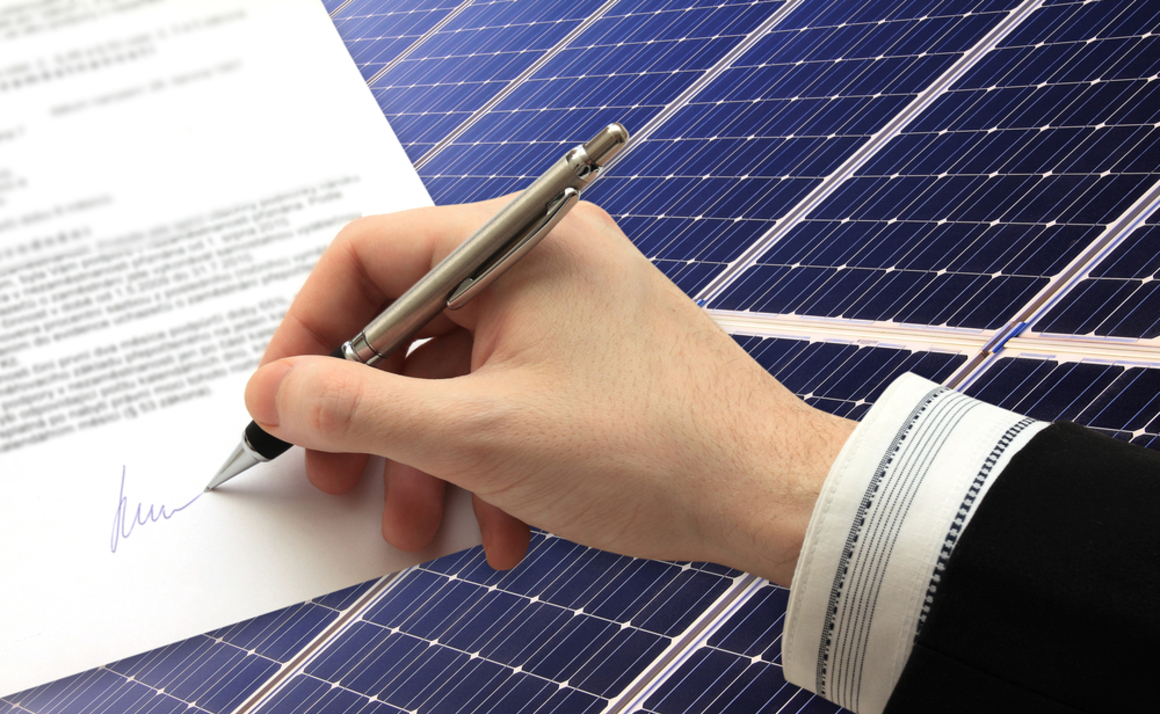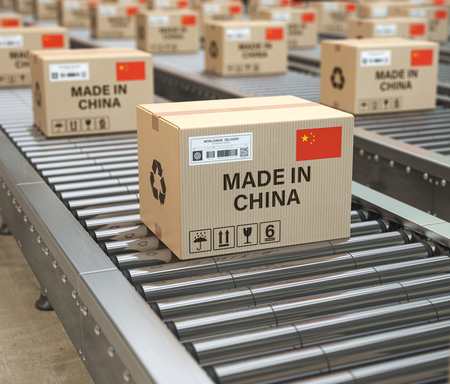
Asia a slow starter in the green lease stakes
More and more landlords and tenants in the Asia Pacific region are looking to green leases to help them achieve their sustainability goals, however the region is still lagging Europe and North America.
A green lease is one where landlord and tenant agree sustainability-linked targets and measurable key performance indicators as part of the lease agreement. The lease might put requirements on either the landlord or tenant, or may lock in collaboration between the two.
For example, a tenant might agree to implement measures which reduce its energy use while a landlord might provide a recycling service as part of its property management. In different scenarios, a tenant may be prepared to pay a premium for a low energy building that helps them on their net zero pathway. In other cases, a landlord may offer tenants additional incentives for operations that help the building owner reduce their emissions and thus secure a tax incentive.
In practice, the motivation is less financial, than to help meet sustainability targets. For example, a tenant using less energy will help a landlord reduce Scope 3 emissions, those which come from its value chain, rather than its own behaviour.
In Hong Kong, Sam Crispin, regional head of sustainability and ESG at Savills Asia Pacific, is advising a shopping centre owner on green leases. Clauses may include longer leases which give a tenant more incentive to invest in a more sustainable fit out and reduces solid waste going to landfill, due to fewer changes of tenant. Operating models may also be modified, such as going single use plastic free.
Crispin says: “Sustainability benefits everyone. Operational efficiency is increased by reduced energy use and use of recycled materials diverts solid waste from landfill. At the same time, green buildings are increasingly leasing at a premium and may be future proofed against higher future vacancy.”
He says the drive towards green leases in Asia Pacific tends to come from landlords and from larger multinational occupiers with sustainability targets. “Many tenants are keen to support sustainability initiatives from the landlord, particularly among companies that are contributing to head office for ESG reporting or on a net zero pathway.
“Being green is also part of many companies’ talent retention strategy. Younger employees in particular are keen to work for companies with clear sustainable strategies. On the landlord’s side, a strong ESG rating may open possibilities of green finance to support sustainable investment, including retrofitting of buildings.”
Green leases have a lot in common with sustainability-linked lending, which is becoming more prevalent in Asia Pacific. Like a green lease, such loans will have targets and key performance indicators, most often related to environmental performance.
For some asset owners, the use of green leases is a requirement of sustainability-linked loans. Hong Kong’s Link REIT recently secured a HK$12bn sustainability-linked loan from a consortium of banks. Amongst other requirements, the real estate investment trust is tasked with encouraging green leases with its tenants. Listed landlords, particularly REITs are more likely to sign green leases as they tend to report more comprehensively on sustainability matters.
“The growth of green and sustainability-linked lending should encourage asset owners to propose green leases,’ says Crispin.
Use of green leases varies widely across Asia Pacific, with Australia being a notable leader, he says. Singapore landlords have also been signing green leases with multinational tenants, while Hong Kong is a little way behind. Developing markets which lack REITs and have fewer multinational tenants tend to be some way behind.
Overall, Asia remains somewhat behind the rest of the world when it comes to green leases. European real estate is regarded as being ahead of the curve in most aspects of sustainability, while in the US, the Institute for Market Transformation the Department of Energy’s Better Buildings Alliance has been publishing its list of ‘Green Lease Leaders’ since 2014. The most recent list includes major landlords such as investment manager AEW, industrial specialist Prologis and developer Tishman Speyer.
Further reading:
Savills Sustainability & ESG services
Contact us:
Simon Smith



